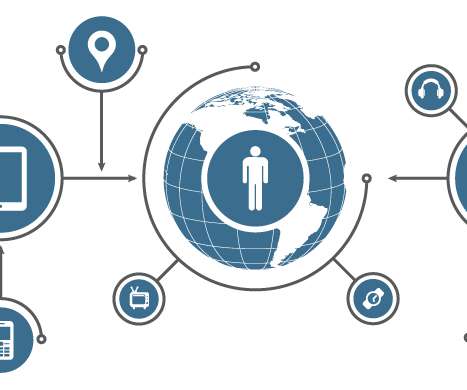Wireless Security: WEP, WPA, WPA2 and WPA3 Explained
eSecurity Planet
MARCH 1, 2023
To prevent unwanted access and protect data in transit, wireless connections must be secured with strong authentication procedures, encryption protocols, access control rules, intrusion detection and prevention systems, and other security measures. As a result, wireless networks are prone to eavesdropping, illegal access and theft.














Let's personalize your content